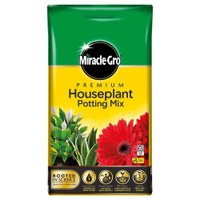How to care for a snake plant: expert tips to nurture this hardy houseplant
Follow this simple guide to keep your snake plant happy and healthy
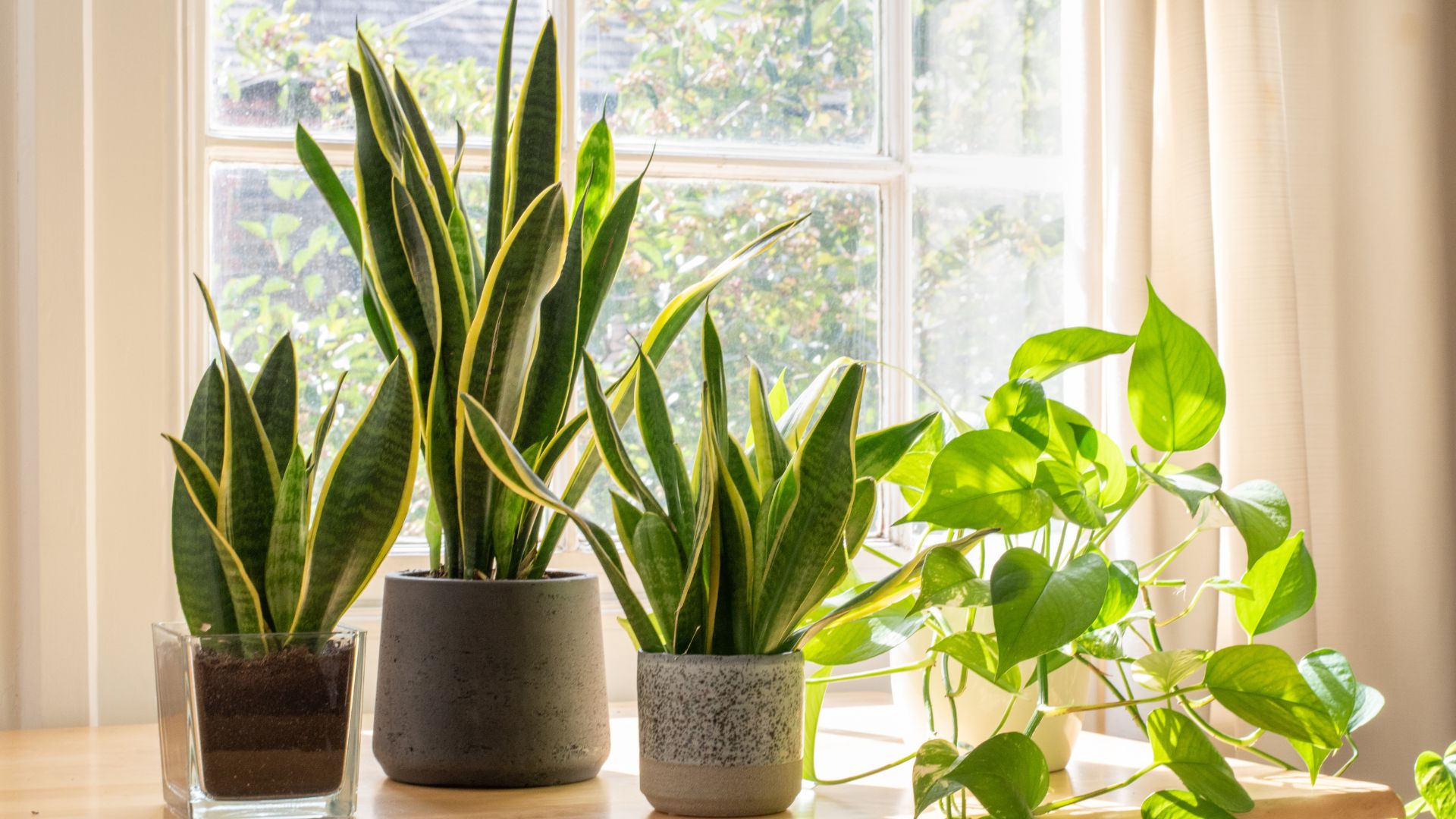

This low-maintenance plant might not demand much from you but its growth rate depends on a clear set of particular care conditions.
As one of the easiest houseplants to keep alive with its stiff sword-like leaves, the snake plant is a perfect choice for anyone starting their plant collection or with limited time to spend caring for plants. Its care guide is similar to caring for a spider plant, not challenging but very rewarding.
Whilst it won't exactly stress you out, the snake plant still has specific needs and we spoke to plant experts to get all the info on these.
How to care for a snake plant: 5 key factors
So whilst you may have mastered how to care for your peace lily, snake plants are an entirely different situation. With watering needs, temperature requirements and sunlight exposure to take into consideration, it's always best to be in the know of your plant's specific wants to avoid making common houseplant mistakes.
1. Sunlight exposure
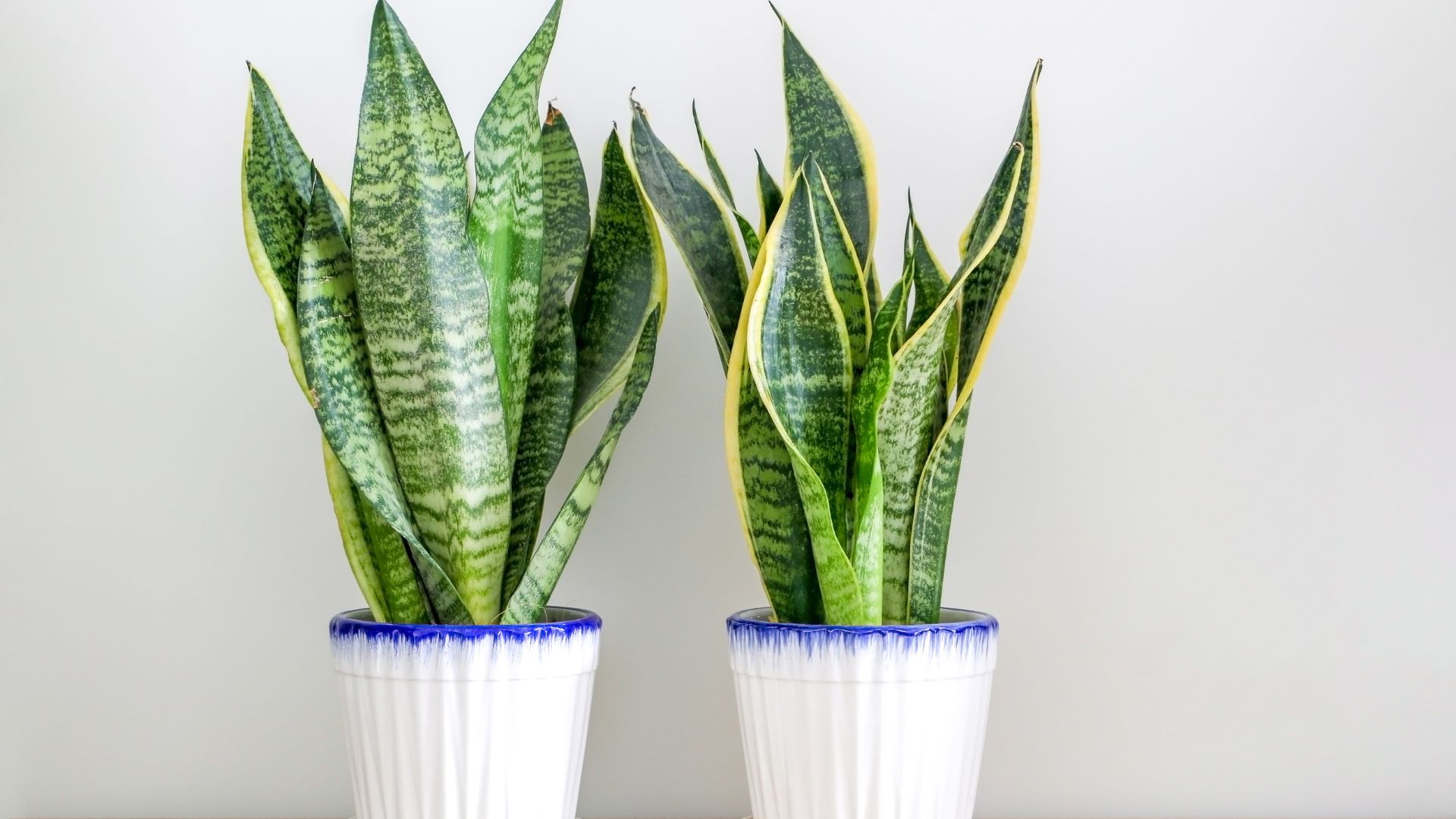
All different plants need varying amounts of sunlight, the way you care for a bonsai tree is completely different from how you'd care for an orchid after all.
"Position your snake plant in a bright spot, out of direct sunlight. They prefer warm temperatures above 10°C, but between 15°C and 24°C is ideal," says plant expert Fiona Jenkins, from MyJobQuote.
It's important to keep your snake plant out of the direct sun as this can scorch their leaves, turning them brown and eventually leading to the plants dying.
Sign up for the woman&home newsletter
Sign up to our free daily email for the latest royal and entertainment news, interesting opinion, expert advice on styling and beauty trends, and no-nonsense guides to the health and wellness questions you want answered.

With over 25 years of experience under her belt, Fiona is a trained gardener who offers advice and insight to several trade companies and homeowners. She has also been featured as a gardening expert for several publications.
2. Watering
How often you should water your houseplants depends completely on the species you're tending to, and also the size. One of the easiest mistakes is overwatering, so knowing what watering routine will keep your plant happy is important.
"Water sparingly," warns gardening expert at Gardenstone, John Clifford. "You should allow the soil to dry out completely in between watering sessions, as otherwise, it can result in waterlogging. In winter, you'll need to water a Snake plant much less frequently as the colder temperatures mean the soil doesn't dry out as quickly."
AMFUN Plant Watering Globes Stakes, £17.99 for 6 at Amazon
These attractive hand-blown colourful glass watering devices are an easy way to employ a self-watering feeding system for your indoor potted plants. Perfect to prevent overwatering your snake plant.
3. Fertilisation
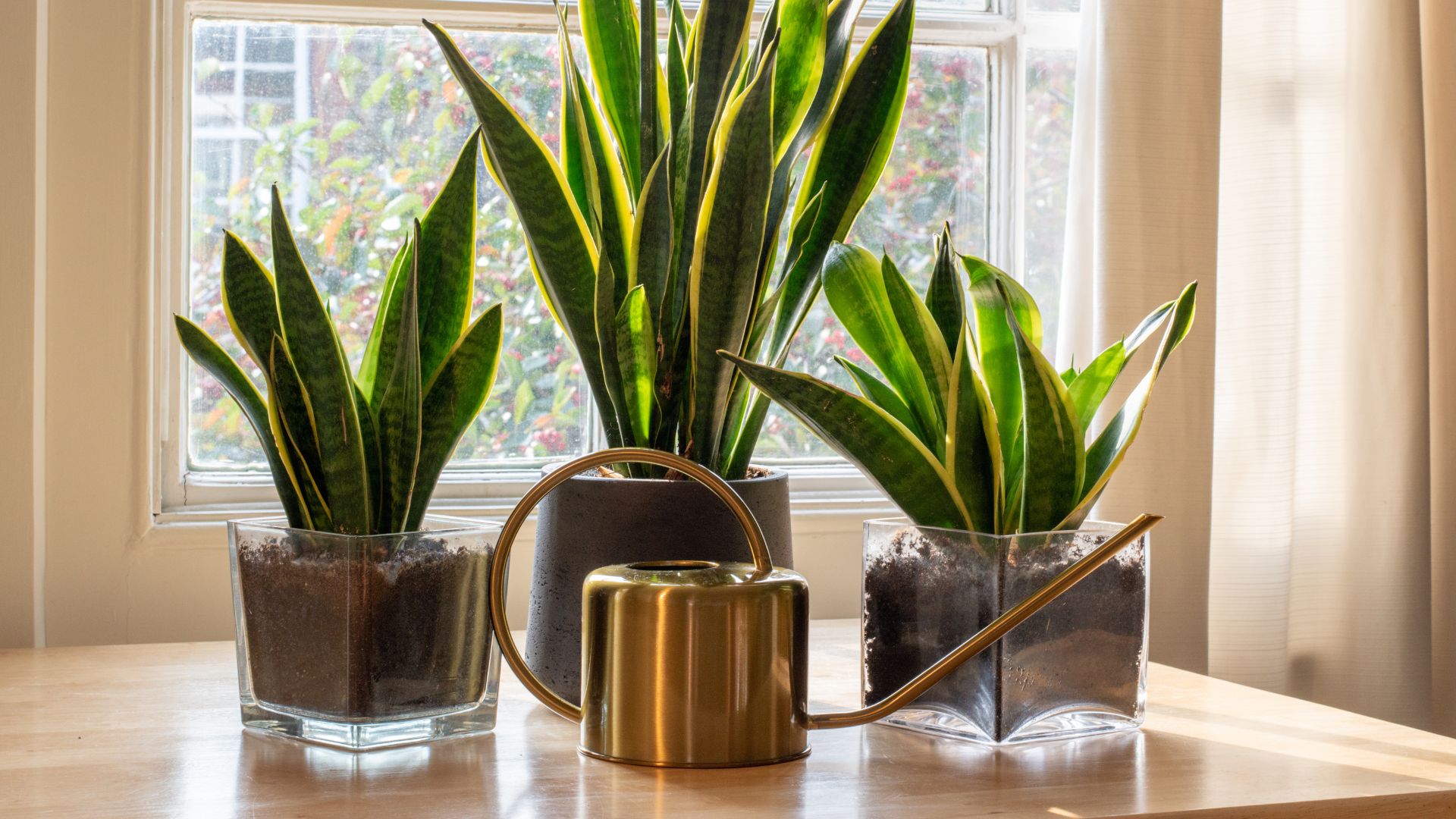
Fertilising plants is usually a step that gets left to the wayside, but if you're relying on the best plants to help with condensation you'll want to ensure they're getting all the nutrients they need.
"During the growing season, in spring and summer, snake plants can benefit from a monthly feed of liquid fertiliser," suggests Fiona. "You can use a general-purpose houseplant feed or cactus feed for this."
Some plants can go a long while without fertilisation, when taking care of a venus fly trap they can go months and months without any external nutritional help.
Baby Bio Houseplant Food: £1.99 at Amazon
Feed your snake plant with this cult classic plant food, also Amazon's Choice buy. The trusted fertiliser is made to help grow vibrant and healthy indoor plants to provide the right nutrients.
4. Cleaning
Knowing how to clean plant leaves is more beneficial than you may have realised, it can be the difference between a happy plant and a dying one.
"If you notice the surface of the leaves getting dusty, give them a gentle wipe with a damp cloth to help keep your plant in good condition," says Fiona.
Whilst there is a recommended method for doing this, keeping on top of your plant's leaves weekly with a simple dusting will ensure there's no overwhelming dust build-up. However giving them a proper clean at least once a month is a step you shouldn't leave out of your care routine, monstera's and peace lilies will also benefit from this.
5. Potting soil
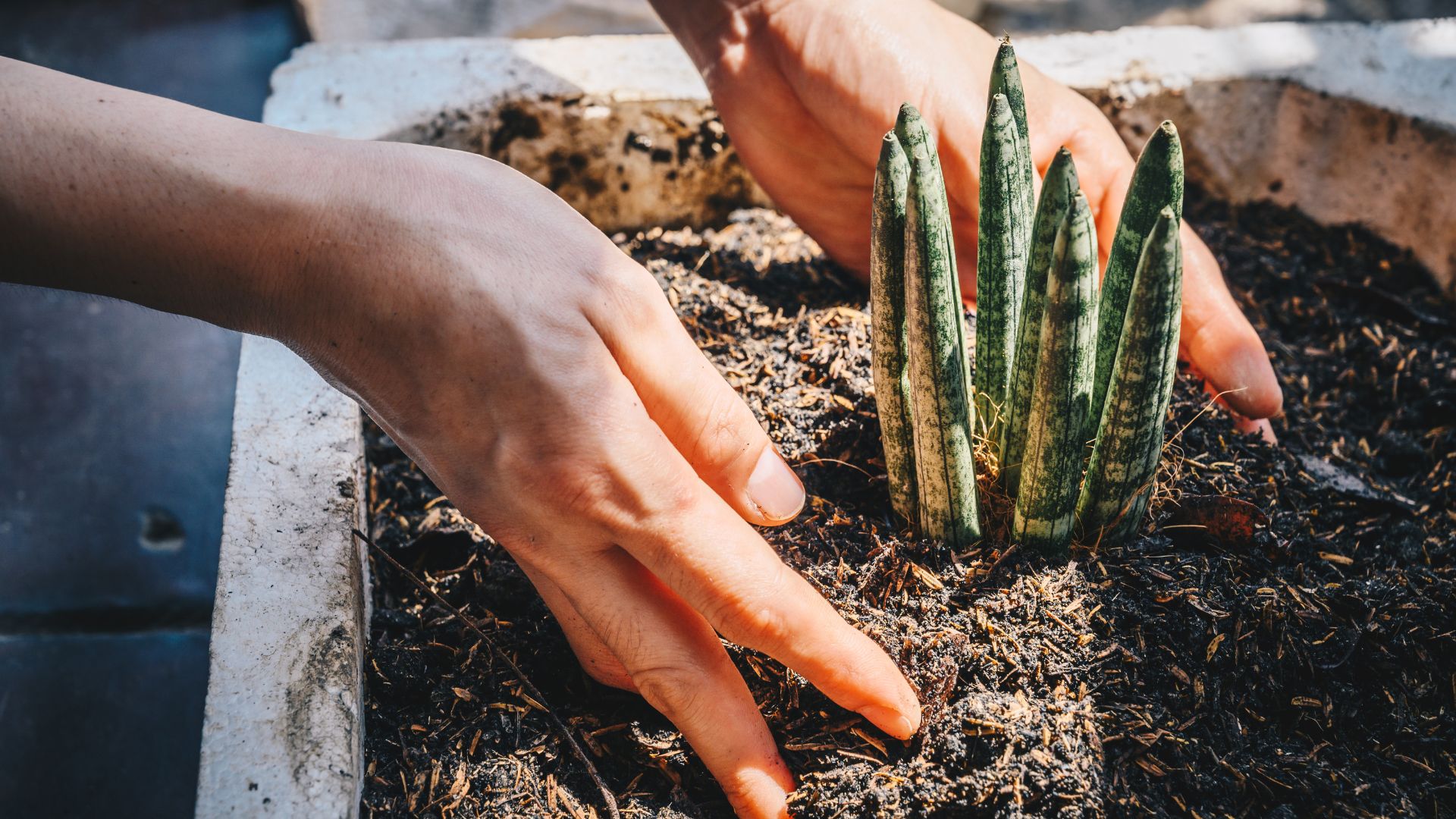
The very soil that your plant is sitting in has a huge effect on its ability to grow and survive. Many things can go wrong where soil is concerned, you may even have been confused as to why there's mould growing on the top soil of your plant before.
"Always opt for well-draining soil. As waterlogging can be a problem and they don't require a lot of water, use a well-draining potting mix. Snake plants can benefit from succulent-specific soil," explains John.
Choosing the right soil will also mean that you're plant is given the right amount of nutrients, just don't forget to fertilise once those preliminary nutrients have been absorbed by the plant.
FAQs
How do you repot a snake plant?
Knowing not only how to repot a houseplant but when you should repot a plant, is a crucial step in long-term plant care. Sometimes without even realising it, you may have left a plant in a small pot for years and the chances are it'll be stunting its growth.
"Choose a pot that’s a size larger than the one your snake plant is currently in. Make sure it has plenty of drainage holes. Put a few centimetres of well-draining compost in the bottom. Use a specialist cactus compost or a peat-free multi-purpose compost with a little grit added in," explains Fiona.;
Then gently tease your snake plant out of its current pot, holding it near the base and teasing out the roots when you can see them. She says, "This will help air and nutrients circulate them once it’s repotted. If you notice any dead or damaged roots, you can cut these off."
Once that's done, Fiona says to sit the plant in the new pot and make sure it's sitting at the right height before covering the roots with compost. When it's in the right place and covered, water the plant well and let any excess water drain out of the bottom.
Miracle-Gro Premium Houseplant Potting Mix: £6.99 at Amazon
If your snake plant needs repotting, this houseplant soil is perfect for supplying your plant with all the nutrients it needs. This compost gives your plant enough food for three months and it's built to encourage root growth and balance air in the soil.
You won't need to prune a snake plant however John does suggest removing any dead, damaged or diseased leaves if you see them. This will give the plant space to grow new healthy leaves and stop any potential disease spreading to other parts.

Emily joined woman&home as a staff writer after finishing her MA in Magazine Journalism from City University in 2023. After writing various health and news content, she now specialises in lifestyle, covering unique cleaning hacks, gardening how-tos, and everything to help your houseplants thrive.
-
 Kate Middleton declares baker boy hats are back for 2025 with Love, Actually-esque outdoor outfit
Kate Middleton declares baker boy hats are back for 2025 with Love, Actually-esque outdoor outfitThe Princess of Wales’s signature style is all about timelessness but that doesn’t mean that she never gets on board with trends.
By Emma Shacklock
-
 We're in awe of Sienna Miller's easy-going and 'piece-y' hairstyle and how perfect it is for spring
We're in awe of Sienna Miller's easy-going and 'piece-y' hairstyle and how perfect it is for springThis laid-back hairstyle is - quite literally - making waves this season
By Naomi Jamieson


